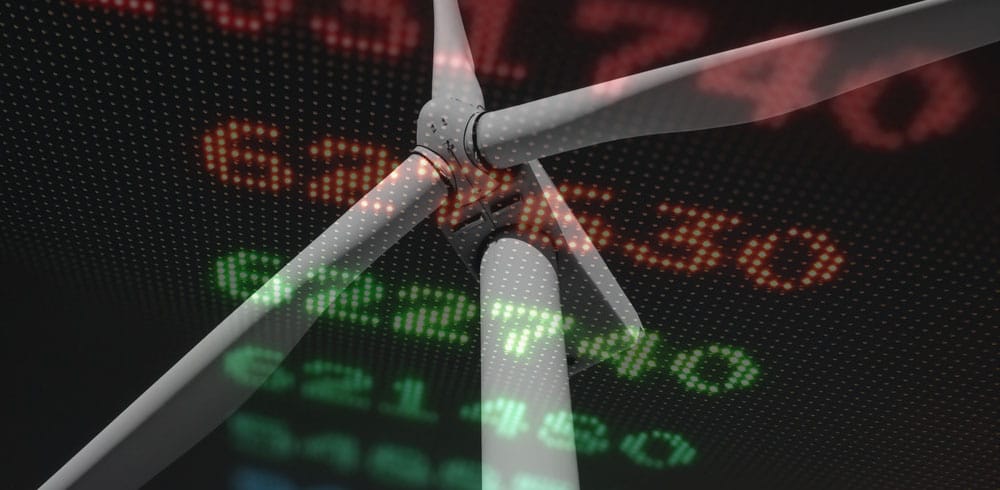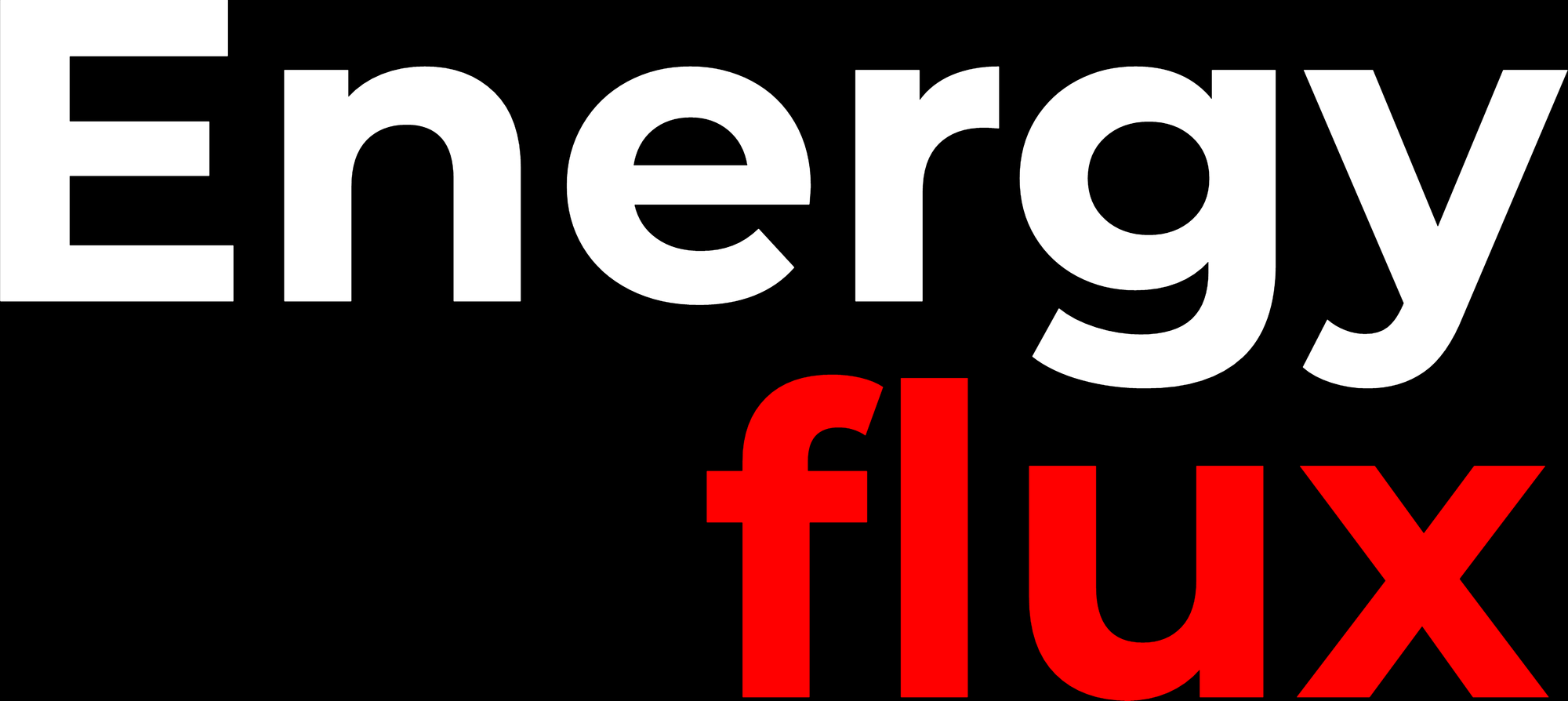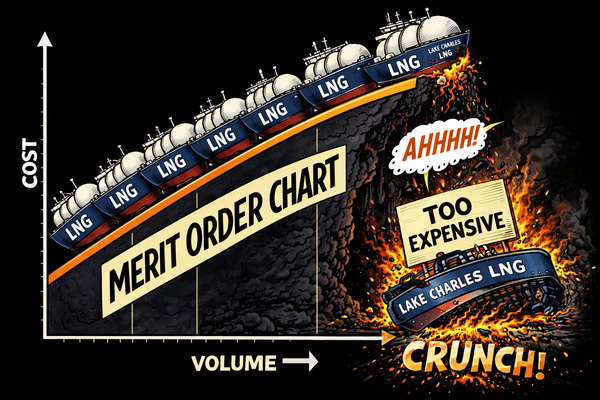Inflation and volatility roil green PPA market
Corporations urged to lock in power prices as wind and solar costs soar


Member discussion: Inflation and volatility roil green PPA market
Read what members are saying. Subscribe to join the conversation.





